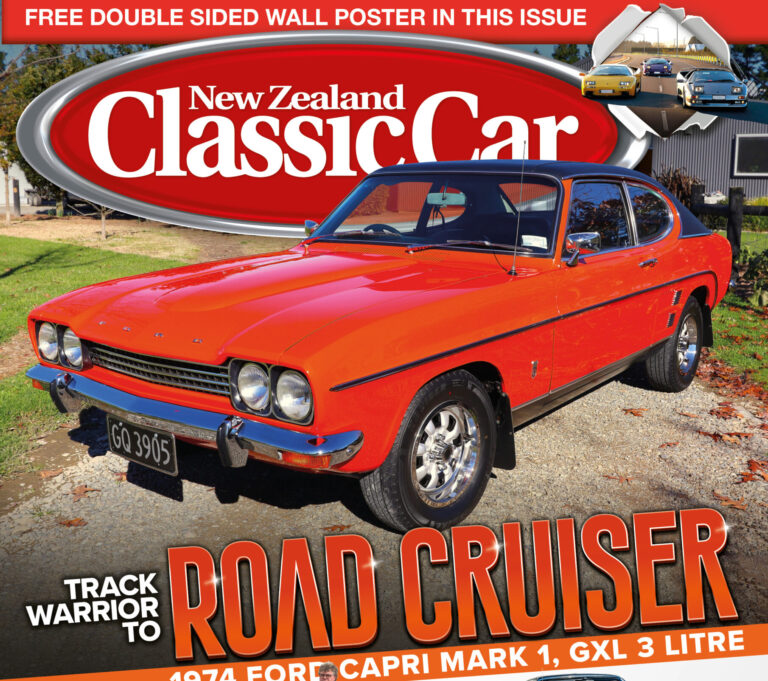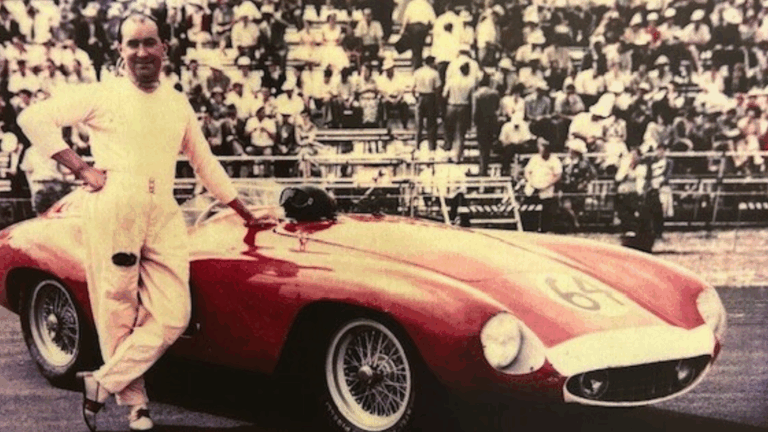“Well of course, we’re past and present winners at Le Mans,” said the Porsche owner — he was deep in conversation with a Triumph owner who, alas, didn’t have an answer to that remark. It was time for me to step in, add my tuppence worth to the conversation and, in doing so, single out the Triumph Spitfire’s brief but rather successful Le Mans career.

Works racing and rally Spitfires appeared for only two seasons — 1964 and 1965 — a programme that resulted in the 1964 manufacture of four race cars (ADU 1B–4B) and four rally cars (ADU 5B–8B), with a fifth rally car (ADU 467B) being built specially for Valerie Pirie — Stirling Moss’s secretary. In 1965 two more works cars were built — ERW412C was a race car built for Bill Bradley, whilst AVC 654B was intended for rally use by Simo Lampinen.
As Triumph wound up their works effort at the end of the 1965 season, they also bolted together a one-off, open-topped race car, which went to the Hong Kong Triumph agent, Walter Sulke, principally intended for competing in the Macau GP. Apart from the Macau car, the other Spitfires all ended up wearing a fixed, fibreglass fastback — moulded from the prototype Triumph GT6. They ran 1147cc engines, at first with the standard cast-iron head until later when an alloy head was homologated. With modified suspension, a TR4 gearbox, and highly tuned engines the team entered four Spitfires into the 1964 24 Hours of Le Mans. During the event only three cars started — ADU 1B and 3B crashed, but ADU 2B, driven by David Hobbs and Rob Slotemaker, finished 21st overall.

ADU 7B
For 1965 the Spitfires went on a diet, which included replacing the TR4 gearbox with GT6 units. In this form they competed at Sebring and Le Mans, with ADU 4B emerging as a class winner — a fitting end to the Spitfire’s circuit career.

ADU 2B
The rallying Spitfires competed successfully in the Alpine, Tour de France, Paris 1000 Kilometres, and Geneva rallies in 1964; the following year Spitfire teams took on the Monte Carlo, Tulip, Alpine, and Geneva rallies, while Valerie Pirie entered her car for the RAC Rally. The high-water mark of the Spitfire’s rally career was the 1965 Alpine Rally, where the cars won their class and the prototype category against the far more powerful Porsche 904s. Very few of these special Spitfires have survived to the present day — the whereabouts of ADU 8B is known, and 8B and 2B (both pictured in this article) have now been fully restored.
We’ve hunted down some vintage Le Mans footage from 1965 for you to check out here:


